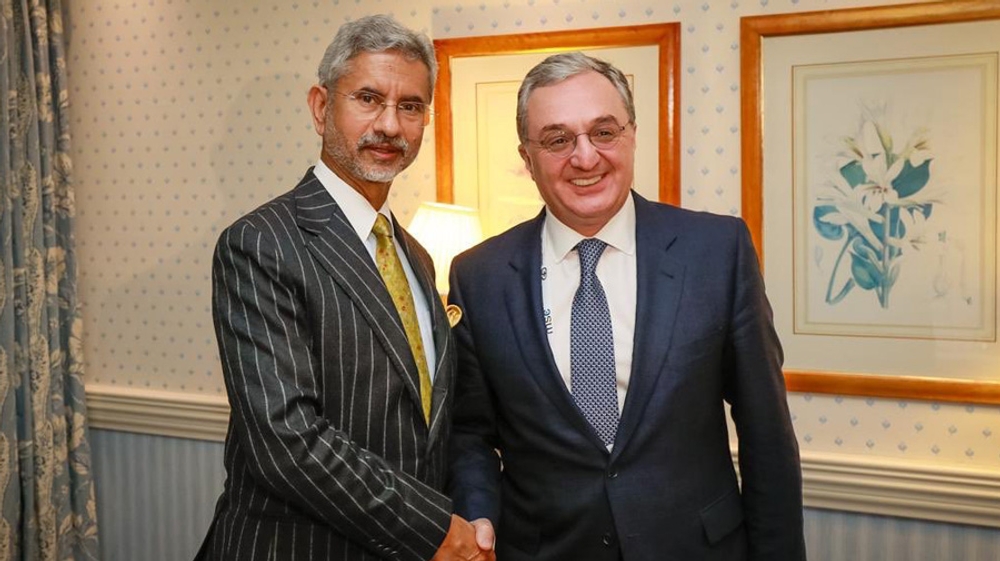Published
- 3 min read
India-Armenia Strategic Partnership: A Rising Pillar in Eurasian Geopolitics

Strengthening Ties in a Shifting Geopolitical Landscape
As India and Armenia forge ahead with their unprecedented strategic partnership, they are setting the stage for a significant realignment of alliances in the geopolitically volatile region of the South Caucasus. Recent collaborations signal a broadening of horizons for both nations, which find themselves increasingly driven by the necessity of forming robust international alliances.
The Defense Partnership as a Cornerstone
Since 2020, Armenia’s pivot towards India has been marked by an intensification of defense procurement contracts. These contracts suit both nations’ strategic interests and offer a much-needed security buffer for Armenia in its longstanding territorial tensions with neighboring Azerbaijan. By augmenting its defense arsenal with India’s Akash-1S air defense system and Pinaka multi-barrel rocket launcher, Armenia is mitigating its reliance on Russia, whose influence in the region is diminishing amidst global diplomatic reshuffling.
India, meanwhile, aims to project its influence in Eurasia’s strategic corridors by filling the vacuum left by traditional power players, notably Russia, which has been Armenia’s largest arms supplier until recent years.
Diplomatic and Economic Dimensions
Exceeding mere defense needs, the India-Armenia partnership reflects a rich tapestry of economic and diplomatic collaboration. A significant step towards bolstering a comprehensive bilateral relationship lies in India’s endorsement of Armenia’s ‘Crossroads for Peace’ initiative. This proposal envisions regional connectivity and portends substantial commercial potential, presenting an opportunity for both nations to enhance trade and improve infrastructure linkages.
Simultaneously, India and Armenia are exploring cooperation in technologies such as renewable energy and artificial intelligence (AI). Armenia’s growing reputation as a tech hub in the South Caucasus could position it as a nexus for Indian high-tech firms, unlocking access to broader markets within the Eurasian Economic Union.
From Tactical to Strategic
To transition India-Armenia relations from tactical defense ties to a holistic strategic alliance, establishing a 2+2 dialogue mechanism that involves defense and foreign ministers is imperative. This establishment would not merely bolster mutual security but also strengthen diplomatic ties on broader regional issues. Additionally, both countries are encouraged to participate more actively in multilateral forums and collaborate with other countries sharing mutual interests in defense and infrastructure development.
Multilateral engagements could see India and Armenia developing joint cybersecurity initiatives and space technology projects, among other collaborative endeavors. Such cooperation would extend the scope of their partnership and fortify their positions in an increasingly multipolar world.
Uniting Global Diasporas
Both India and Armenia have substantial expatriate communities that can foster economic and cultural diplomacy. Creating a joint framework for diaspora engagement has the potential to spur new trade and investment opportunities, further cementing the bonds of these two nations.
Conclusion
As the geopolitical landscape continually evolves, the India-Armenia relationship could serve as a model of pragmatic partnership, rooted in mutual benefit and strategic considerations. Both nations stand to gain significantly by deepening this alliance, as they reinforce each other’s defense capabilities and explore avenues for economic growth and technological advancement. In doing so, India and Armenia not only safeguard their national interests but also contribute to regional stability and development—a testament to the power of strategic partnerships in the modern world.
The future of India and Armenia’s relationship holds promise, poised to redefine their roles in regional and global dynamics for years to come.
